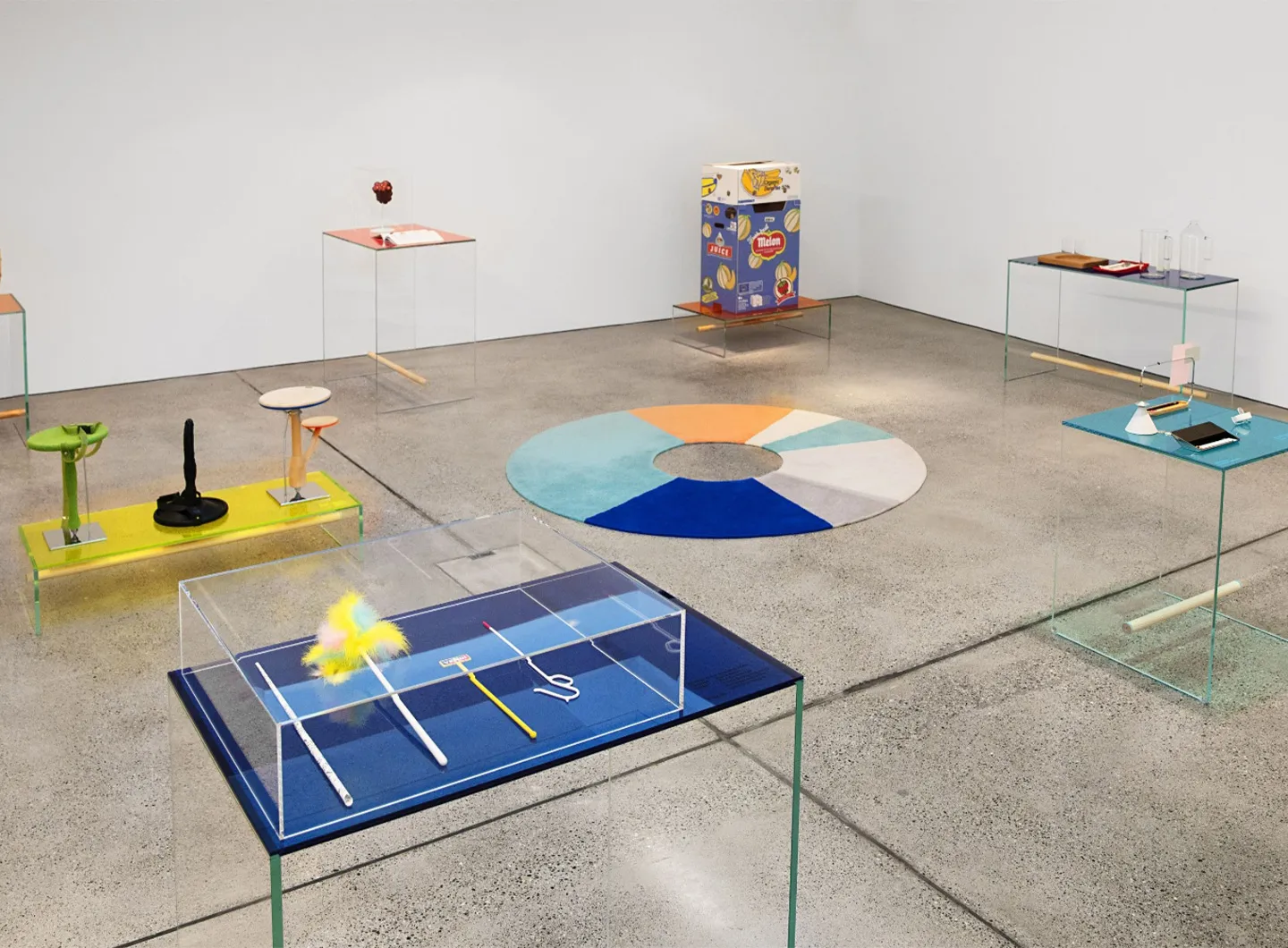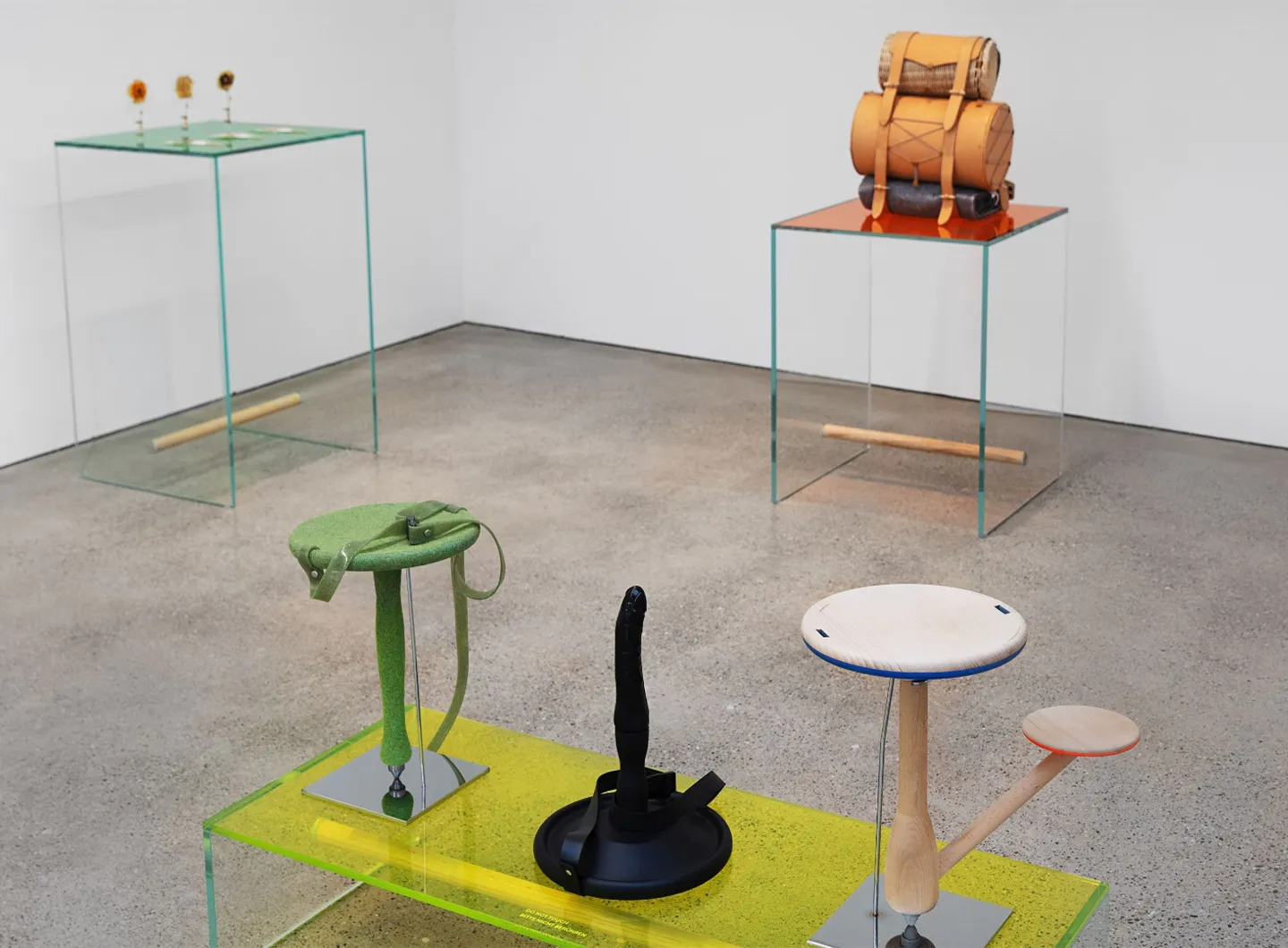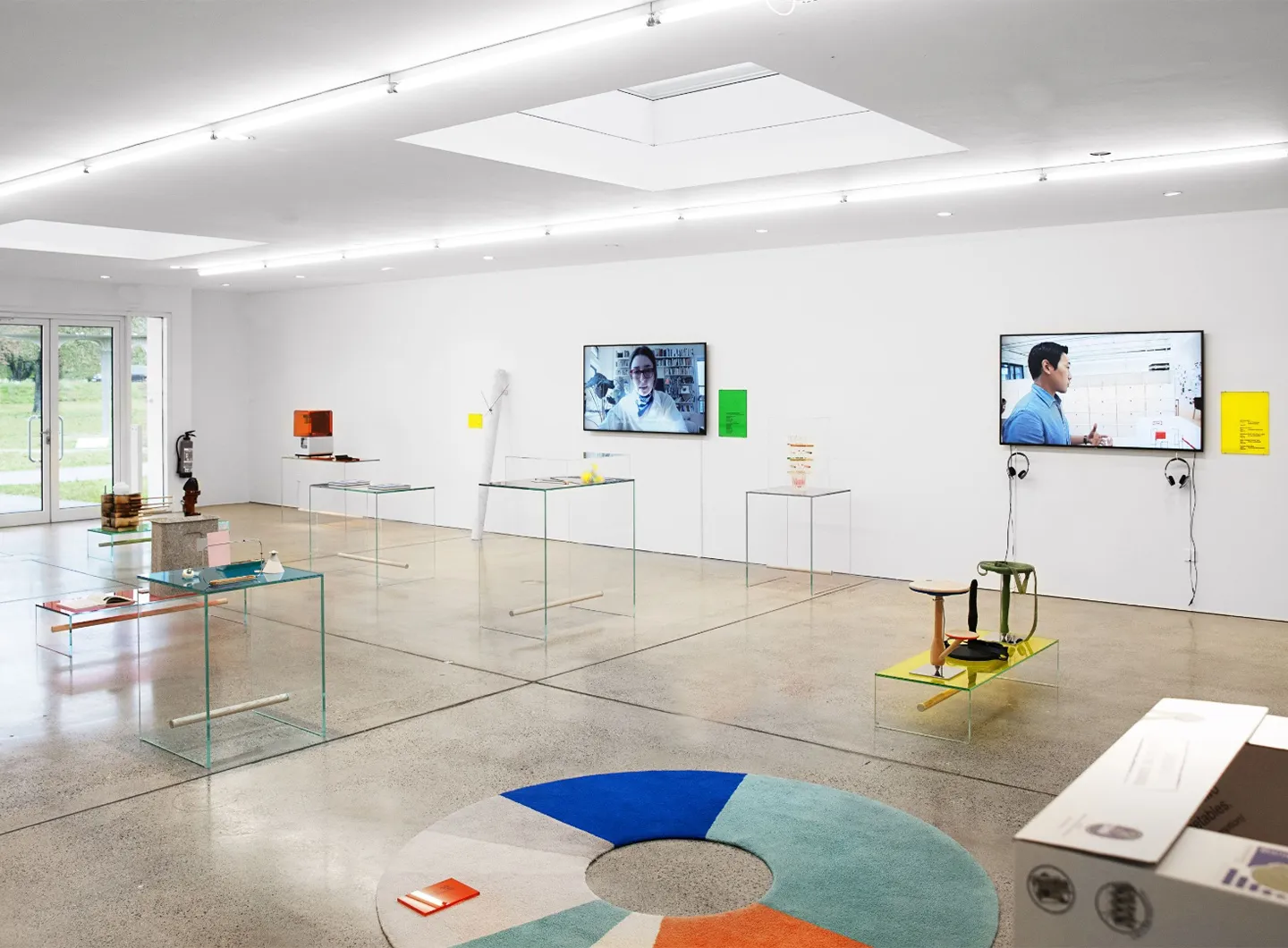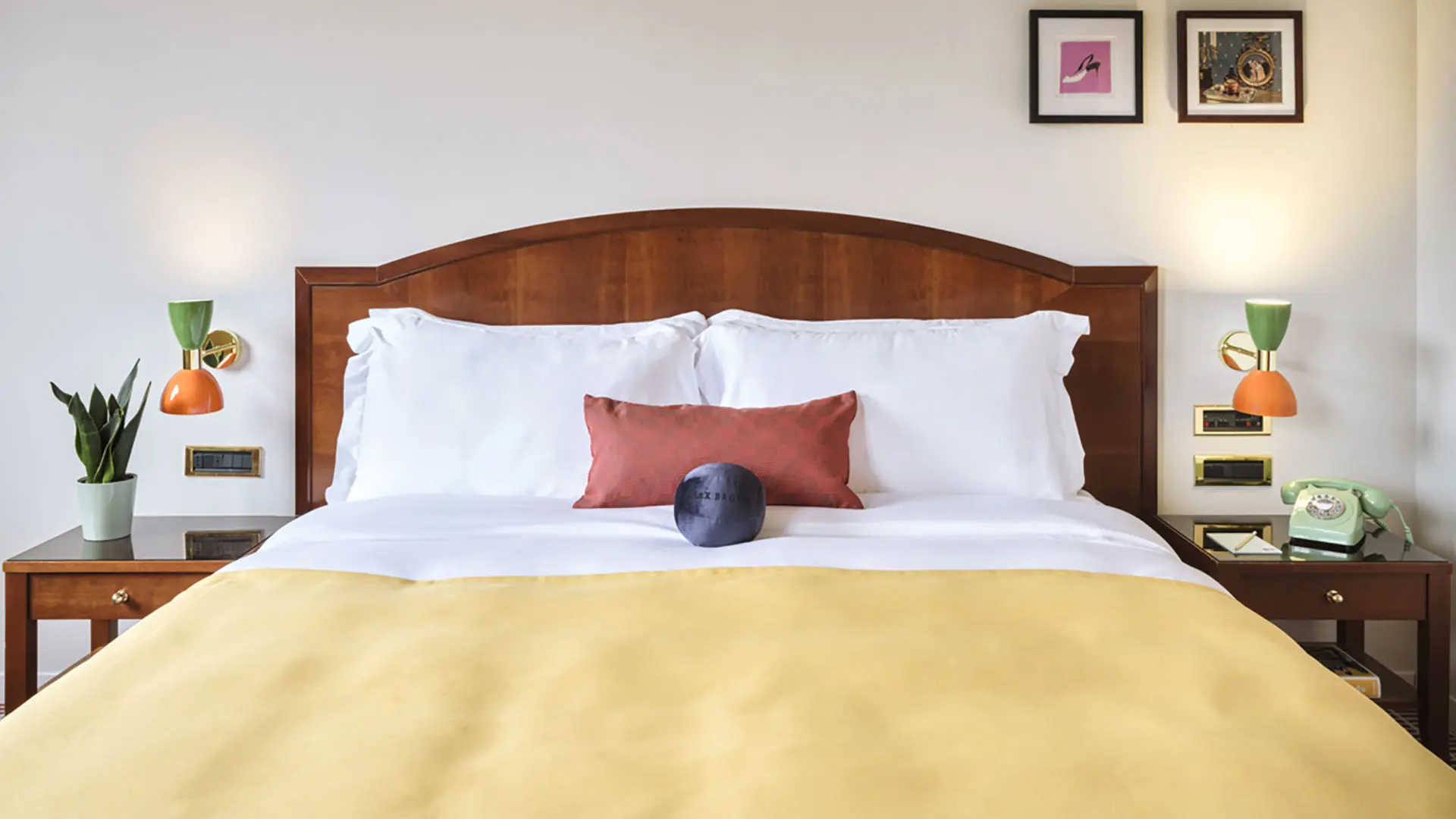In partnership with MiCodmc, a selection of establishments ripe for discovery during the 63rd edition of the Salone del Mobile.Milano, from 8th to 13th April
ECAL and Glas Italia on how to best teach design today
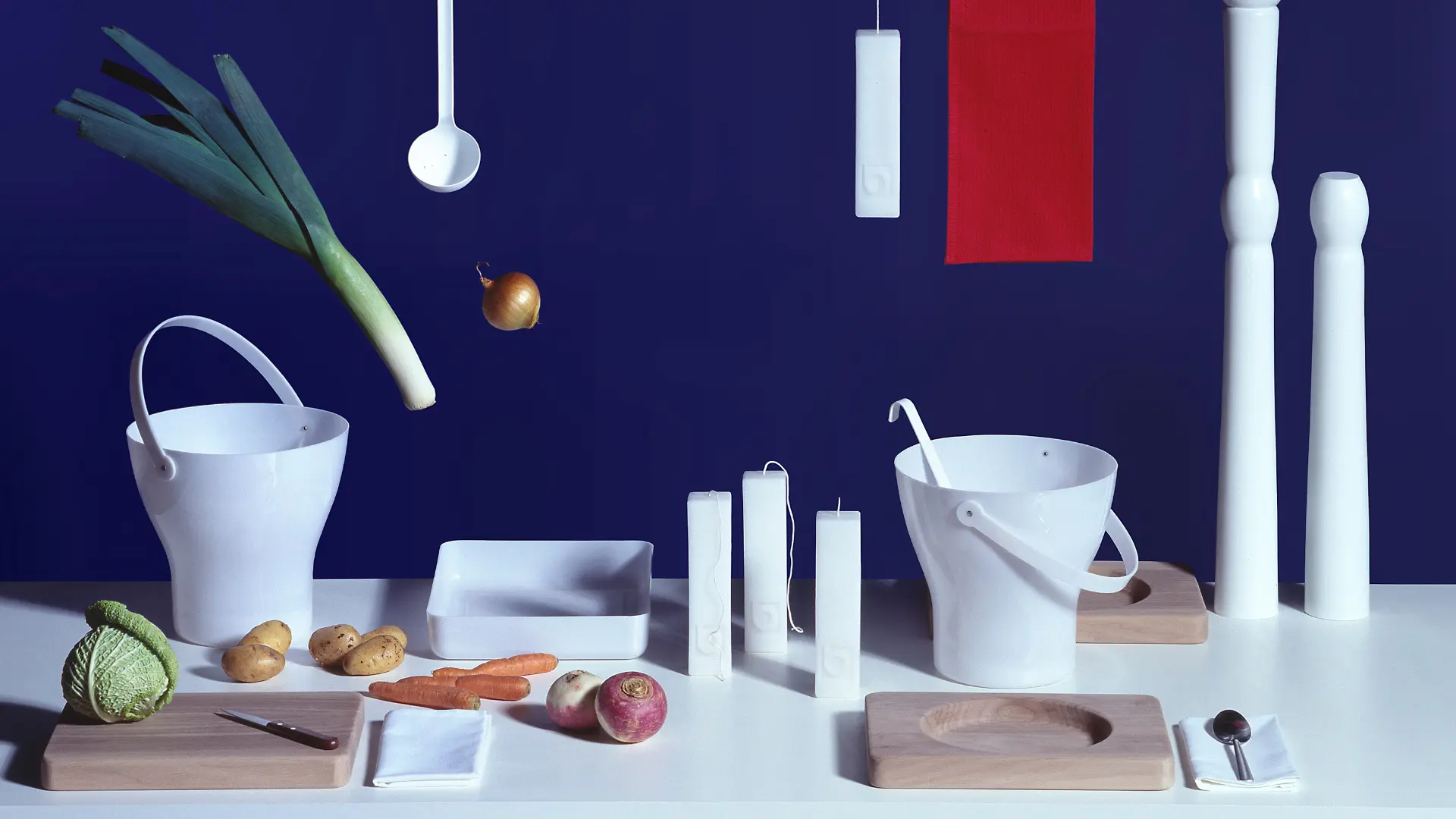
The Festive Kitchen, 2003. Design Edouard Larmaraud, Adrien Rovero, Sibylle Stökli, Raphaële Zenger; Tutor Alexis Georgacopoulos © ECAL
ECAL (The École Cantonale d'Art de Lausanne), renowned school in Lausanne, tries to answer the question "How to best teach design today?" through an exhibition, opened until 16 April 2023, curated by the designer Jonathan Olivares and the director of ECAL Alexis Georgacopoulos, with the installation by Glas Italia
What do we talk about when we talk about teaching design? How to convey that inimitable mix of technical skills and creative thinking? How to prepare for the necessary pragmatic problem-solving approach, without overlooking the importance of the metaphorical, social or symbolic value that an object embodies?
One of the world’s most renowned design schools, the ECAL (École Cantonale d'Art de Lausanne) is seeking to answer the question. Until 16 April 2023, at the Vitra Design Museum Gallery in Lausanne, it will be presenting the exhibition “How to best teach design today?” It is tackling the question together with designers, critics and writers with an international reputation, but above all by starting from works by its students.
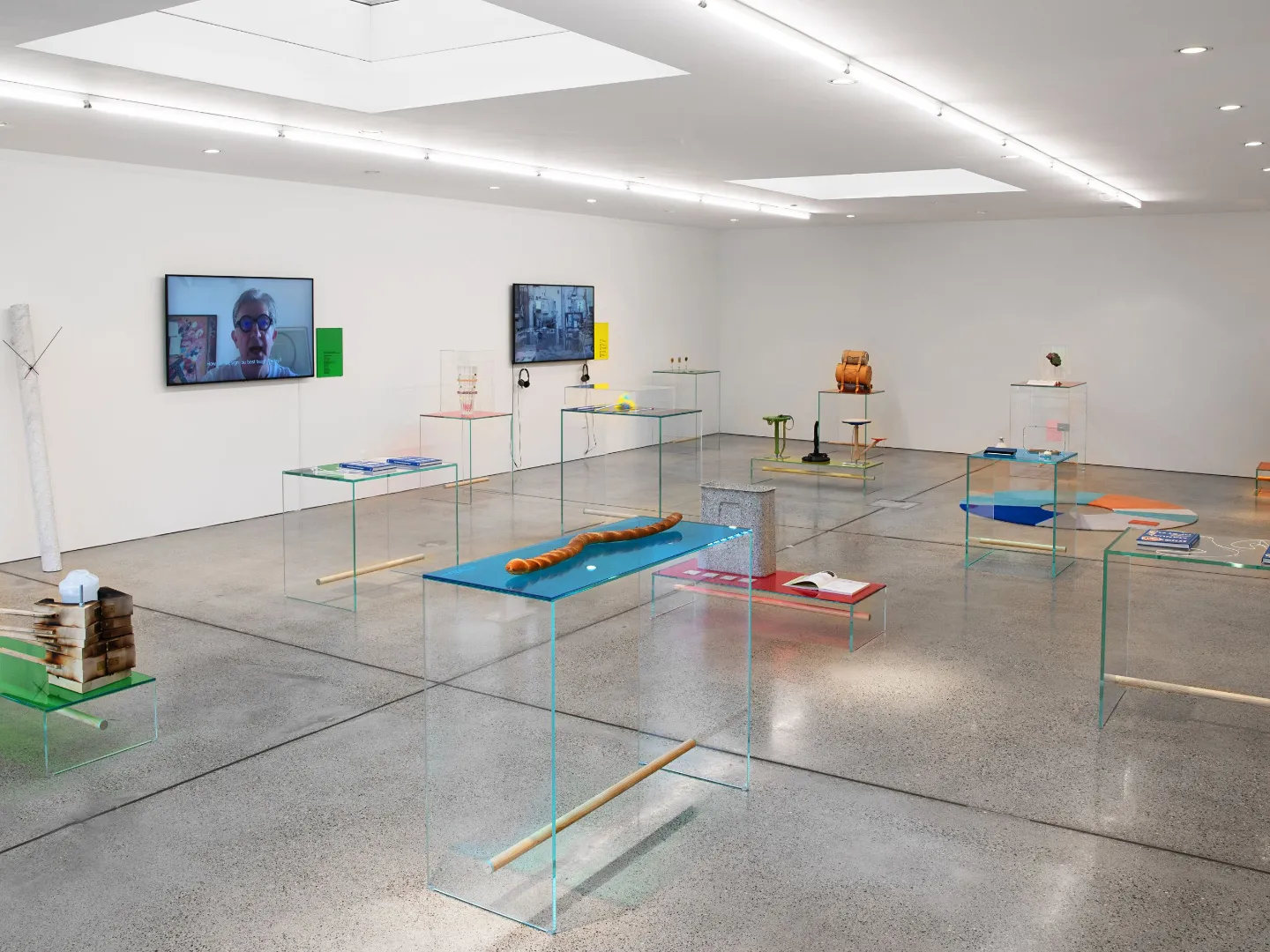
Installation view “The ECAL Manual of Style: How to best teach design today?” © ECAL / © Vitra Design Museum. Photo Marvin Merkel
This is the crux of the exhibition, curated by designer Jonathan Olivares and ECAL director Alexis Georgacopoulos. It gives an insider’s view of the teaching methods for future designers, through a selection of twenty innovative projects by students and their tutors. The exhibition design, rendered impalpable by crystal tables and supports from Glas Italia, tells us about workshops based on baguettes, infusions of flowers on scented sticks, pieces of glass blown into modular wooden molds, objects that tell of the passing of time and craft skills through the most diverse materials, such as paper, stone, glass or carbon. “To start, it was a real rediscovery to go through the immense body of work that has been produced by our design departments for the last 20 years.” explains Georgacopoulos, who together with Olivares also worked on the book accompanying the exhibition, The ECAL Manual of Style (2022), published by Phaidon.
Then, as we wanted to have a book with a clear focus, we had to make a selection regarding the projects that would go into the book and exhibition, and given the overall quality that was not an easy thing to do. What was unexpected was to see that every year we managed to come up with great projects like, for example, the Delirious Home, ECAL Digital Market, Sausage of the Future, that through their topics were preceding the trends and exploring new grounds with a relevant approach.”
As for the key question, the one about teaching, he has no doubts: “As you can discover in the first part of the book through the various inputs coming for the design personalities, there is not one but many ways to teach design, especially in such a fast changing world,” reflects Georgacopoulos. “What I could add is that it’s always important to do it by keeping the needs of the students in mind and caring about them.”
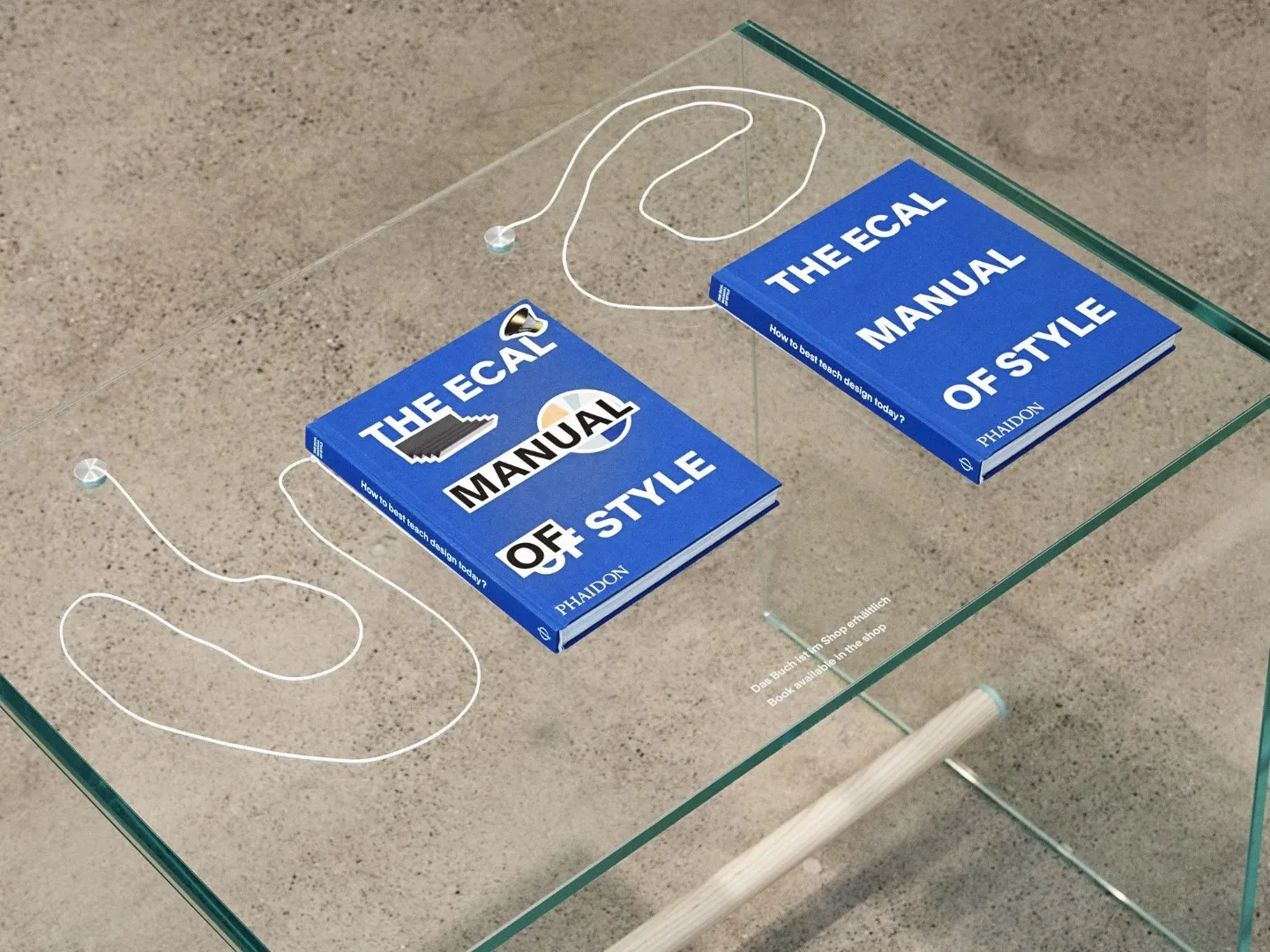
Installation view “The ECAL Manual of Style: How to best teach design today?” © ECAL / © Vitra Design Museum. Photo Marvin Merkel
If finding a synthesis to the initial question was challenging, it was no less challenging to work on the rendering of the exhibition, admits Jonathan Olivares: “The most challenging aspect of the exhibit was finding the right curatorial approach. The prolific output of ECAL over the last two decades not only includes hundreds of objects, but also a vast publishing endeavor,” he says. “We decided to echo the book in three dimensions, keeping a light but diverse selection of objects that conveys the schools kaleidoscopic and inclusive approach to different design methods. Once this was set, the exhibit design came intuitively.”
A lightness in the approach that is perfectly reflected in the contribution of Glas Italia, as architect Lorenzo Arosio, CEO of the brand, explains: “We were contacted by the director of ECAL, Alexis Georgacopoulos, thanks to Ronan Bouroullec, who has been working with us for several years. He advised Alexis to contact us for the development and production of crystal tables and supports for the exhibition. The students of ECAL's master in design were therefore guests of our headquarters at Macherio to learn about our glassmaking techniques and develop coherent project ideas. We then discussed their ideas to arrive at the final project and the production of the pieces necessary for the exhibit design.”
At the center of everything are the students of today and tomorrow, because it is ultimately to them that the exhibition and book are dedicated. “The book starts with two short texts written by Max Bill and Ettore Sottsass Jr, written in the early eighties as answers to the question ‘How to best teach design today?’ From these two radically opposing answers, the book unfolds into a pluralistic vision of design education, where many different and personal styles of practice are developed and embraced at ECAL,” Olivares continues. “So the exhibit design, realized in collaboration with Glas Italia, is an homage to Bill and Sottsass –echoing the typology of Max Bill’s stool for Ulm, and Sottsass’ vibrant use of glass and color. Like a mixed martial art, that blends kung-fu and judo, the exhibit is realized in Bill-Sottsass style.”


 Salone Selection
Salone Selection
